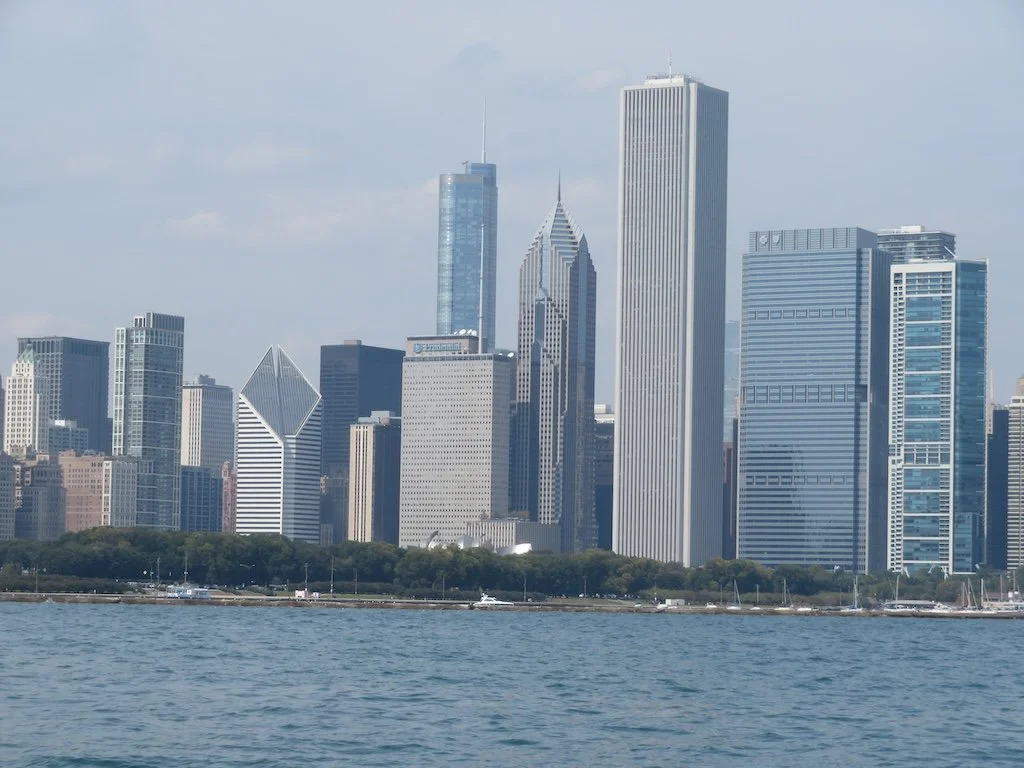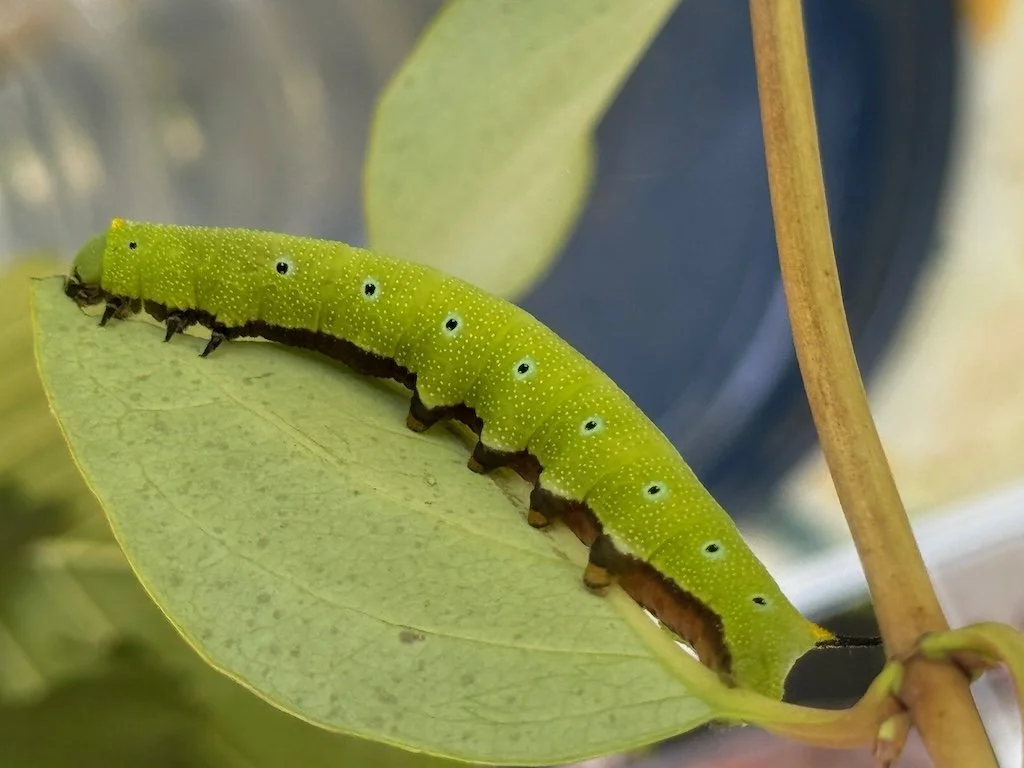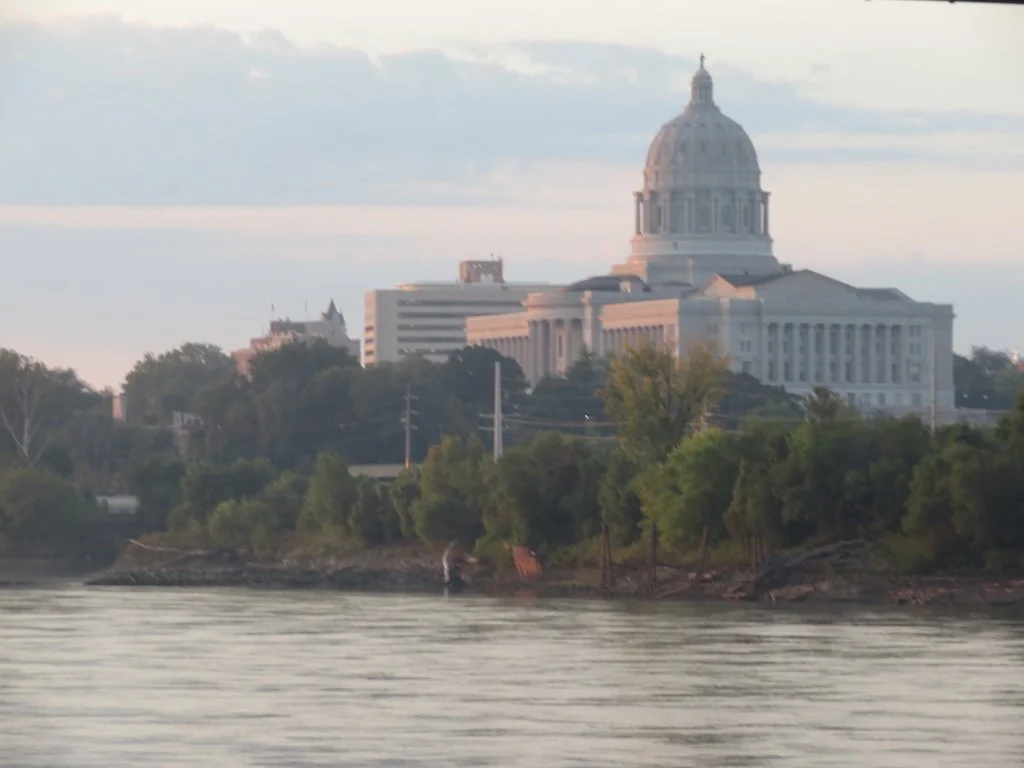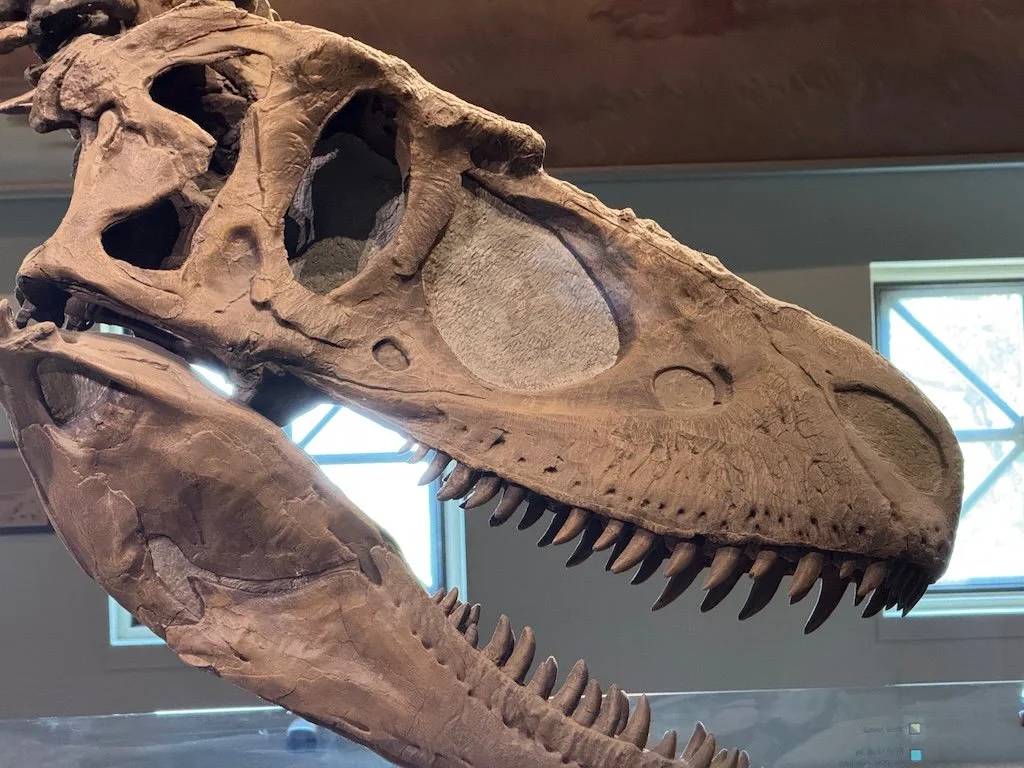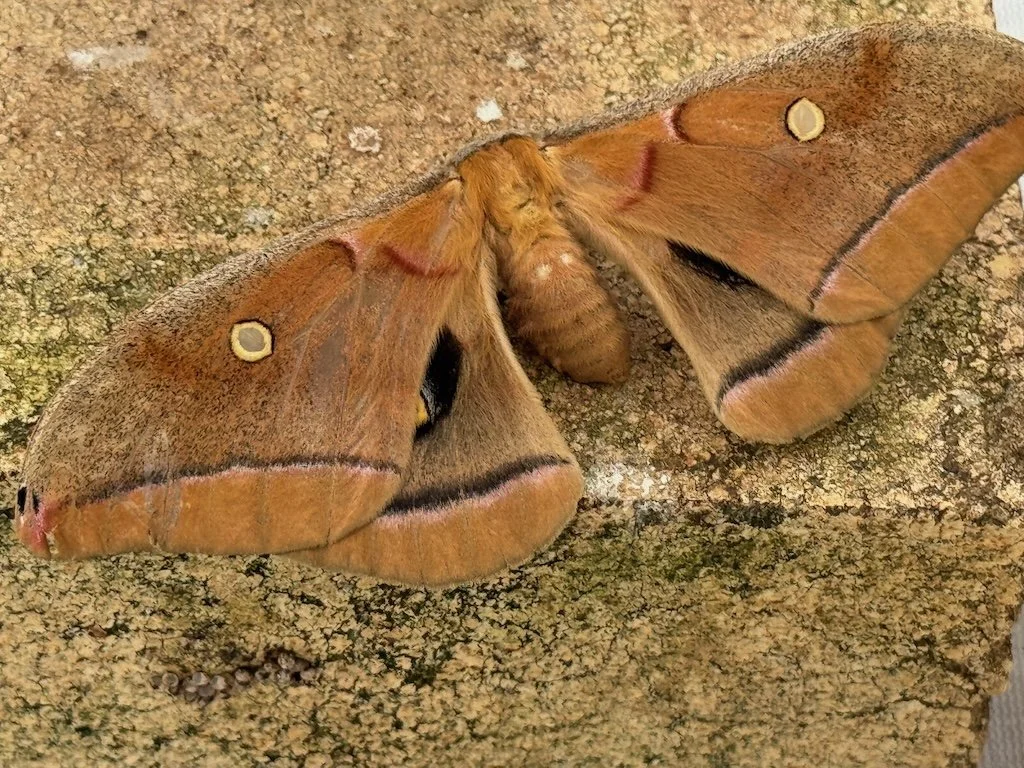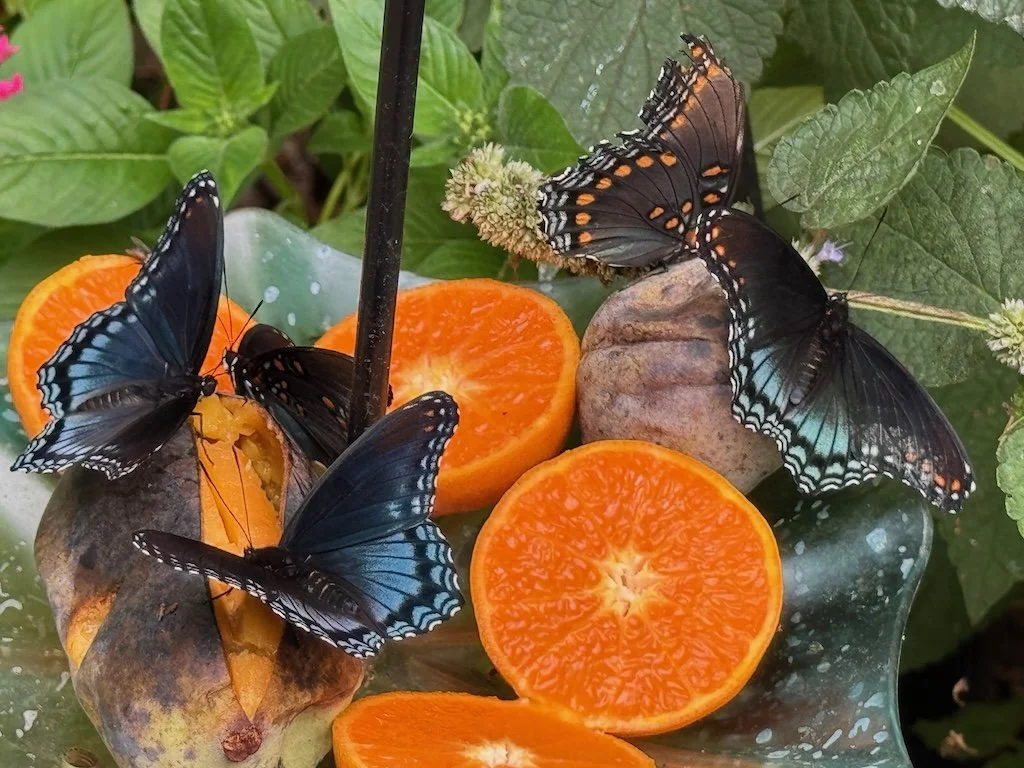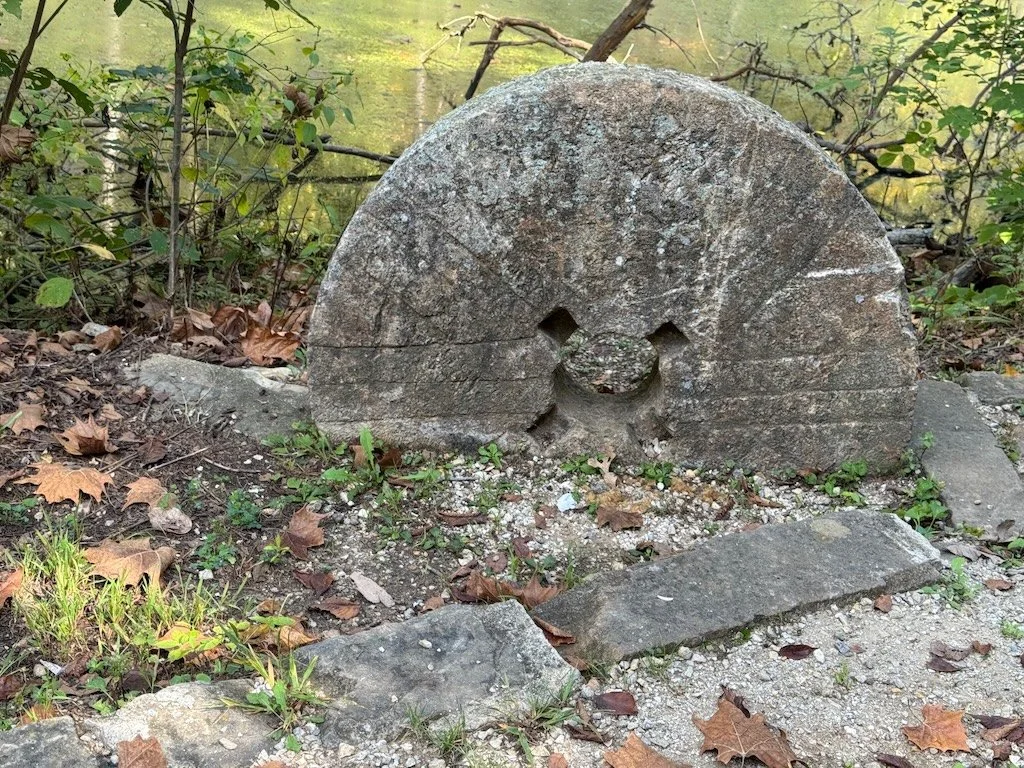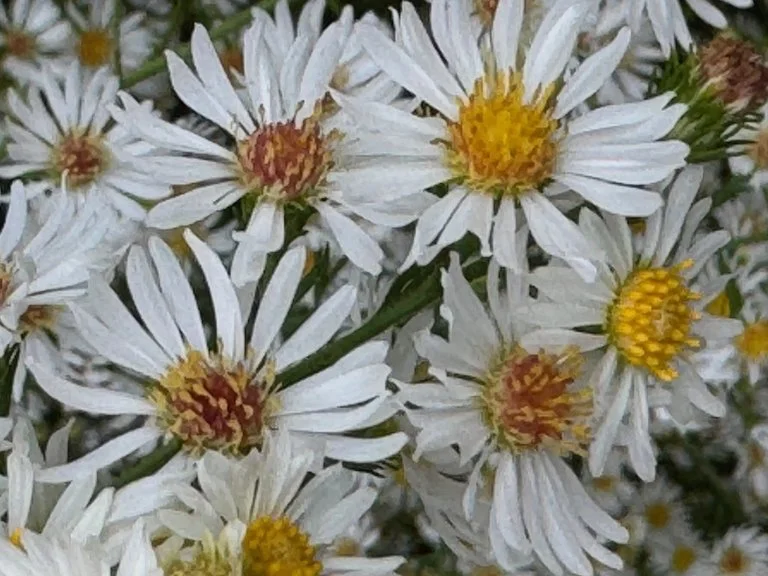Registering for a College Class
/I registered for a class at Missouri State University last week – Identification of Woody Plants. It has been over 40 years since I did this last! Lots has changed in those years.
I didn’t need to go through an admissions process ahead of time or get transcripts sent because I am part of the cohort of people over 62 years old that can attend classes at much reduced cost (MSU 62). I called their office a week before the registration day to confirm. I also asked about the pre-req for the class I wanted to take; I had the pre-req in my long-ago college experience but without the transcript, how would they know? I was advised to email the instructor to get a waiver…which I did and they waived the pre-req for me.
The course catalog and schedule are all online now rather in paper/soft cover books. I knew that there were only 7 slots remaining in the course I wanted to take before I headed to registration.
The registration for the MSU 62 cohort was held the week before classes started which is later than I usually registered back in the 70s. I arrived just after they opened. The receptionist for the event handed me forms and sent me to tables/chairs to fill them out. The course I wanted to take was not on the paper version of a course list on the tables, so I was glad I had the numbers for it written down to enter in the appropriate places on the form. I also had the printed version of the email exchange with the instructor. I was so focused on the requirements for my degree 40 years ago…now I am just taking whatever interests me and not for credit.
When I finished the forms, I joined the queue in chairs waiting for advisors…and thoroughly enjoyed a donut while I waited. I don’t remember ever having food provided when I registered for college classes before!
The advisor got me admitted and registered very quickly. She discovered that I already had a number with the university (maybe because I had donated back in 2020).
After that I was routed to a second person that printed out my concise schedule and talked to me about setting up my computer accounts, books and parking permits. It appears that the only cost is going to be for the parking pass – quite a bargain even compared to the costs I had in the 1970s. In addition, the textbook for the class I am taking is listed as ‘optional’ so I am waiting to buy it until after I hear what the instructor says in the first session.
Less than an hour after I entered the building, I was walking back to the parking garage. Along the way I photographed the colorful school mascot (bear) at the corner of the building. I am looking forward to this course…not so different from the way I always looked forward to the fall during my education-intense years…but savoring that I won’t be taking any tests!






















































































































































